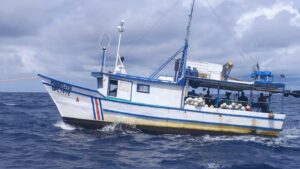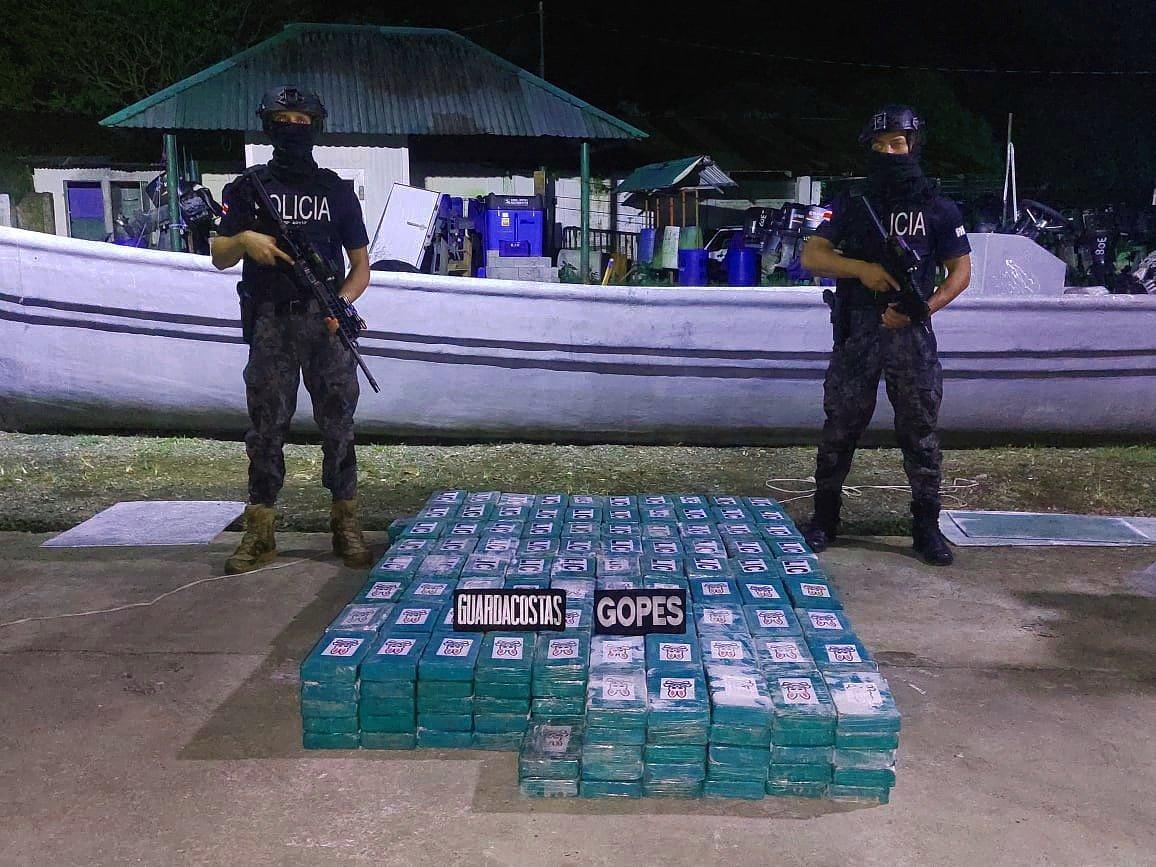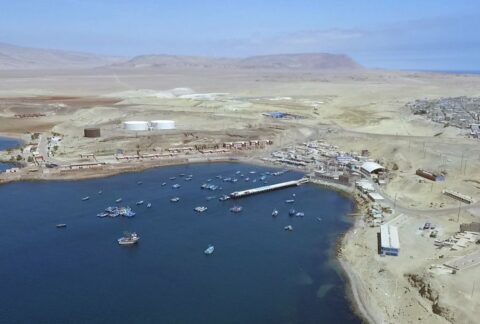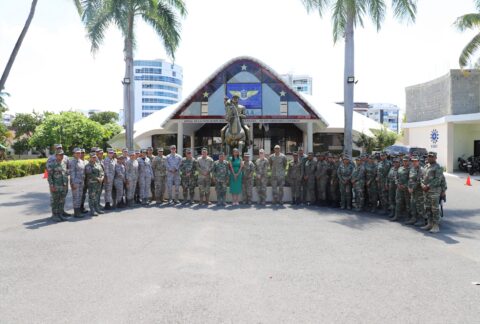Costa Rica continues to deal blows to Caribbean narcotrafficking groups that have shifted their transit routes to the Pacific Ocean. According to the Judicial Investigation Agency (OIJ) of Costa Rica’s Supreme Court of Justice, authorities are increasingly detecting their activities in that region.
“This can be attributed to different circumstances: The Pacific is a zone easier to transit. There are less countries compared to the Caribbean,” Michael Soto, former Public Security minister, and current head of the OIJ’s Plans and Operations Office, told Diálogo on August 24. “Because the territory is very broad, vessels can move more easily. Costa Rica has a very extensive territorial sea that includes Cocos Island. This work could not be done without international support.”
In the Pacific Ocean, Costa Rica has the support of the Panamanian security forces, with whom it carries out joint interdictions. Colombia also joins this effort by patrolling its territorial sea, while the United Statesbrings support with multiple resources to track down and intercept narcotraffickers.
An example of this cooperation occurred on August 10, southwest of Quepos, Puntarenas province, in the South Pacific. Thanks to U.S. aircraft patrolling the area, the Costa Rican Coast Guard intercepted a boat with 1,300 kilograms of marijuana, the Public Security Ministry indicated.

According to data from Costa Rica’s Institute of Security and Criminology (ISEC), 70 percent of the drugs that cross the country are transported by sea. The remaining 30 percent is transited by land or airplanes, whether commercial or clandestine. In addition, according to ISEC,70 percent of homicides are linked to narcotrafficking. While murders have gonedown in the capital, San José, they went up in the provinces of Limón and Puntarenas, on the coast.
“Puntarenas basically depends on two employment factors: fishing and tourism. COVID-19 sank tourism, and fishing is very artisanal, poorly paid, so some fishermen are forced to support offshore transfers,”Eric Villalba Gallo, criminologist and professor at ISEC, told Diálogo. “Both Limón and the Pacific are part of the narco route. However, Puntarenas has advantages over Limón. Puntarenas has a fishing industry, Limón does not.”
In Limón province, on August 8, the Drug Control Police dismantled a clan that engaged in local narcotrafficking. At the same time, the SNG, together with the United States, intercepted a boat off Limón province, carrying 431 kg of cocaine, the Public Security Ministry said.
ISEC indicates that criminals use Puntarenas more often for clandestine shipments with speedboats. On the other hand, criminals use Limón to ship drugs with legitimate cargo in containers via Moín. The agency also warns that seizures made by authorities in the Pacific may come from criminal organizations linked to Mexico’s Sinaloa and Jalisco New Generation cartels; Colombia’s Clan del Golfo, dissidents of the Revolutionary Armed Forces of Colombia, and the National Liberation Army; as well as‘Ndrangheta, a criminal organization from Italy.
If narcotrafficking routes are constantly changing so are criminal groups. Whereas authorities identified large cartels in the past, they now go after clans, which, according to information from the OIJ, allows criminal groups to move individual shipments just for their organization, or shipments belonging to different criminal retail groups.
“We cannot do it alone, we need international support and collaboration; this is a battle that is not won by a single country,” Soto concluded. “We believe in teamwork, articulated, and mainly what we call the Southern Triangle, comprising Panama, Costa Rica, Colombia; and of course, with the support of the United States.”









